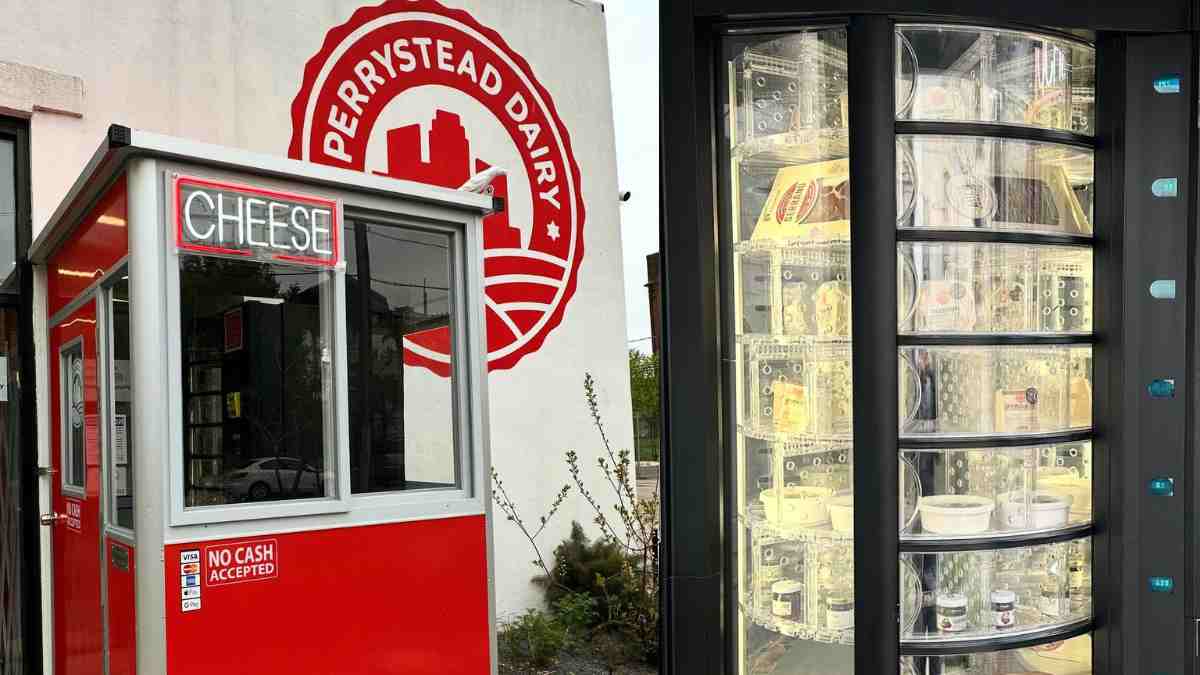For Kolkatans, a plate of biryani is incomplete without a piece of tender potato. No wonder, the rest of India often refers to Kolkata biryani as aloo biryani. A lot has been spoken over the years on the history and origin of aloo in Kolkata biryani. But did you know that Kolkata biryani is actually a version of Lucknowi biryani and can be traced back to the Awadhi kitchens of Metiabruz, the mini Lucknow of Bengal? Veteran film director Satyajit Ray had also shot the film Shatranj ke Khiladi at this location. The movie is based on the life of Nawab Wajed Ali Shah.
History Of Kolkata Biryani Shared In Twitter Thread
Recently, Twitter page @satyanewshi revealed the interesting history of Kolkata biryani in a series of posts. “A Biriyani without Alu is Normal but a Kolkata biriyani without Alu is Blasphemy.”, wrote the page. The page starts with the story of how Nawab Wajed Ali Shah built a replica of Lucknow in Metiabruz after he was exiled to Calcutta. The thread revealed that aloo was an exotic vegetable back then. It stated that it was not the financial crunch of the Nawabs but the fascination for aloo that led to the advent of the special biryani.
Read the posts below!
So here it goes :1856 Nawab of Awadh Wajed Ali shah was toppled by the East India company & sent into exile in Calcutta.He settled in Metiabruz & built a replica of his beloved Lucknow complete with the Awadhi architectural & cultural ambience. pic.twitter.com/ra9Y7TRDgM
— সত্যান্বেষী (@satyanewshi) July 17, 2022
The rulers of Awadh were also connoisseurs of food & they always encouraged their chefs to try & experiment new dishes. In the early 16th century, potatoes, chillies and tomatoes were cultivated in India for the first time by the Portuguese & brought to Bengal by English traders. pic.twitter.com/4xLh3sTvC3
— সত্যান্বেষী (@satyanewshi) July 17, 2022
The great-great-grandson of the nawab has clarified that Alu were used in making the royal biryani not because of a financial crunch as rumoured but because of the nawab’s intense fascination for it.https://t.co/fXA2IEjNyC
— সত্যান্বেষী (@satyanewshi) July 17, 2022
He further clarifies that the popular belief that Alu was added as Nawab cudn't afford much meat was a rumour spread by the British to downgrade Indian rulers, as he says Nawab used to get a pension of ₹ 12 lakh annually and was one of the highest-paid pensioners in India. pic.twitter.com/RHm0ybrqtK
— সত্যান্বেষী (@satyanewshi) July 17, 2022
Like Awadhi biriyani ,Kolkata Biriyani is also cooked in the dam-pukht style (slow oven cooking style),where the lid is sealed over the pot so the steam doesn’t go out. pic.twitter.com/qEoGXxTjs3
— সত্যান্বেষী (@satyanewshi) July 17, 2022
As a result, the fragrance, the aroma, the juices of spices, rice, meat, and saffron get absorbed in the meal, making it quite mouth-watering, and unlike any other biryani made in other parts of the country. pic.twitter.com/uoCQZKsMFQ
— সত্যান্বেষী (@satyanewshi) July 17, 2022
The slow-cooked, golden-brown potato, along with the delightful aroma of the different kinds of spices used, made the biryani a delicacy for the nobles & Nawab Wajed Ali Shah's personal favourite. pic.twitter.com/h2yvY9X1eC
— সত্যান্বেষী (@satyanewshi) July 17, 2022
Like many other Bengali uniqueness , Kolkata Biriyani has its own unique charm & over the years has a cult following , often people who swore by Kolkata Biriyani are at 🤺 with other who cheer for other Places biriyani for the delicacy supremacy in the battle of biriyanis. pic.twitter.com/NcQedgkFEO
— সত্যান্বেষী (@satyanewshi) July 17, 2022
The slow-cooked mildly spiced Kolkata biryani is highly flavourful and a must-try when you’re in the city. Royal Indian Hotel in Kolkata’s Rabindra Sarani is the city’s oldest restaurant serving the royal dish. Having said that, an eatery in Kolkata also sells biryani inside a coconut shell, which is popularly known as daab biryani.




